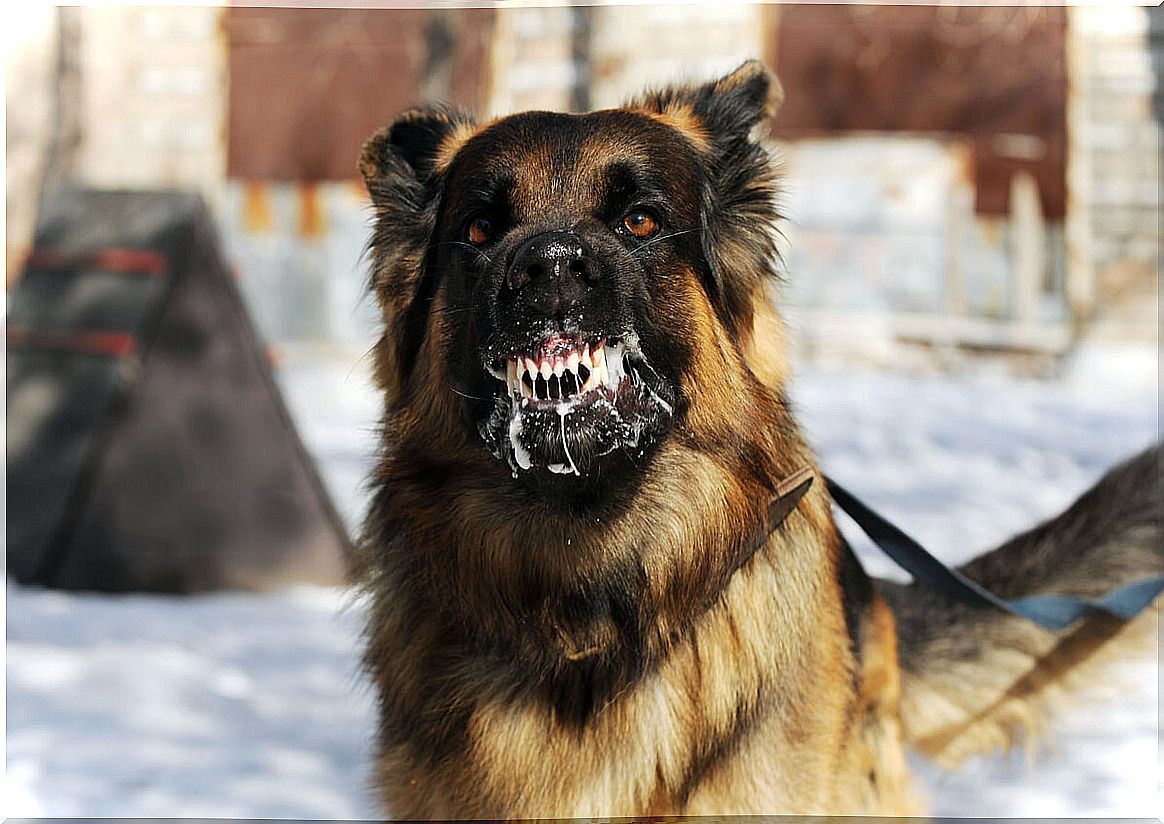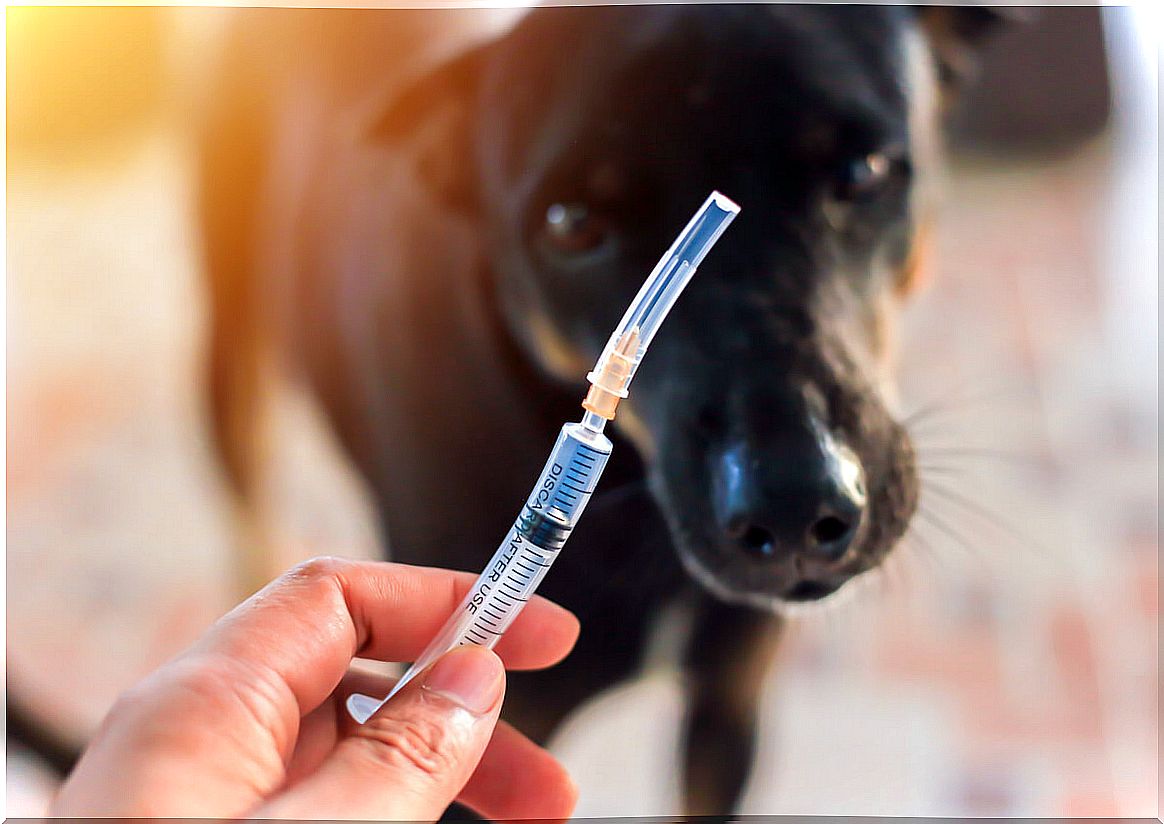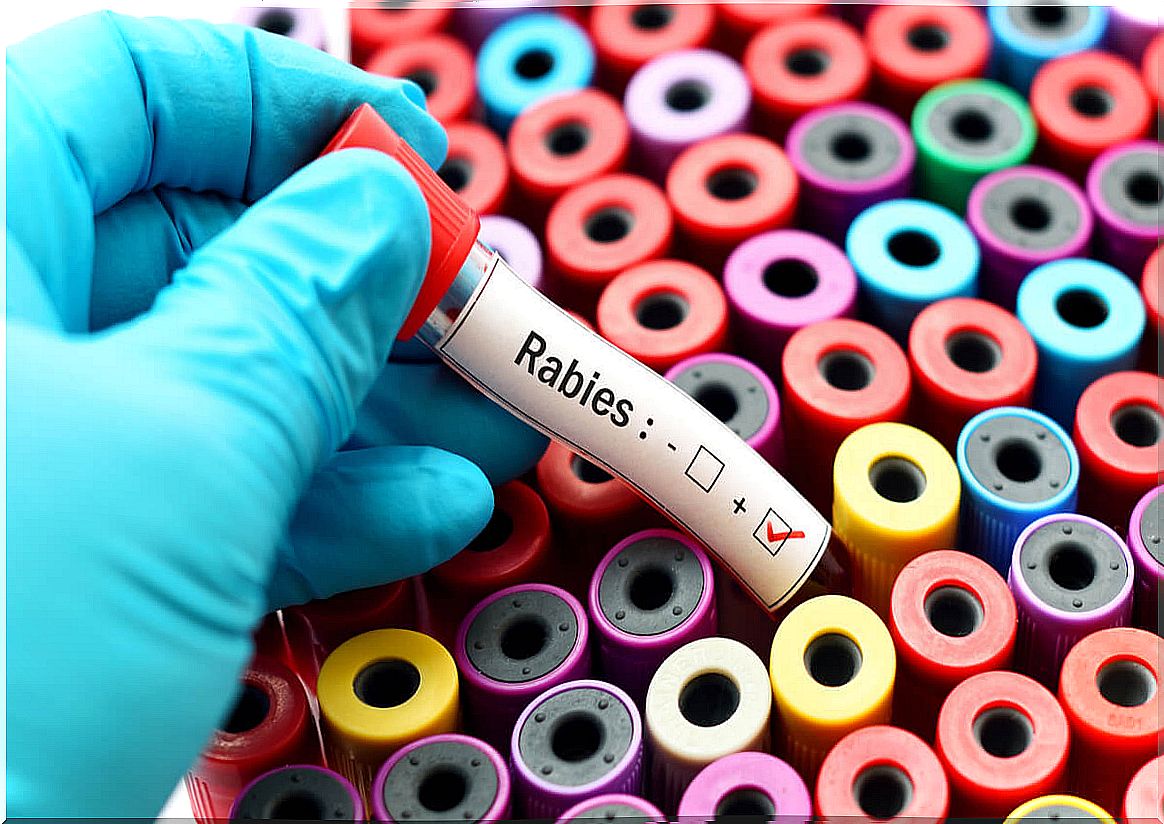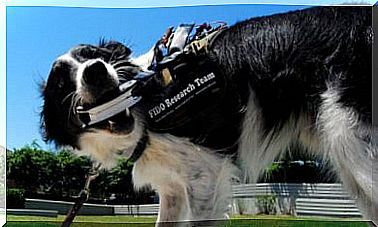How Are Rabies Outbreaks Managed?

Rabies is an infectious disease caused by a virus from the Rhabdoviridae family . This pathogen affects animals and humans and is one of the most dangerous and deadly zoonoses in the world.
Transmitted through a bite, rabies attacks the central nervous system and causes encephalitis that is almost always fatal. For this reason, it is so important to effectively manage rabies outbreaks as soon as they are detected, as their expansion could seriously endanger human populations.
Spain has been declared free of terrestrial rabies since the 1970s. Since then, animals susceptible to transmitting it have been subjected to surveillance, hence the request for preventive vaccination in pets – which enter the country across borders – that travel with their owners.
Why is it necessary to submit this disease to an epidemiological surveillance plan?
This is a necessity, given our geographic proximity to rabies endemic regions – as are many North African countries. This is demonstrated by some sporadic cases that take place in Ceuta or Melilla, because the borders are always permeable and not all entries of susceptible animals can be controlled.
This fact is compounded by the increasingly intense traffic of people and their pets across borders. In response to this lack of control, the Ministry of Agriculture – together with the Ministry of Health and the Carlos III Health Institute – drew up a Contingency Plan.

How are rabies outbreaks managed?
Although Spain is a country free of rabies at the moment, there have been some exceptional cases that have put the authorities in check. The most recent example was in 2013, when a dog imported from Morocco turned out to be infected. Following this model, we are going to explain how the authorities deal with the outbreaks of this very problematic disease.
First, know the background
When a country is free of rabies, it is at what is known as “risk level 0”, because there is no current case. During risk level 0, the authorities keep the following control elements active:
- A rabies vaccination plan for susceptible pets, such as dogs.
- An epidemiological surveillance plan in domestic and wild reservoirs.
Any suspicion – for example, a dog with sudden aggressive behavior that has bitten several people – must get down to work. Risk assessment is key in these cases, but once people have been attacked, the answer is usually to kill the animal.
How do you act when you suspect outbreaks of rabies?
While waiting for the laboratory results, the pertinent precautionary measures will be applied. The animal that caused the alert in the first place has been able to transmit the virus to other animals and, therefore, veterinary professionals in the area are alerted so that they are alert to any signs of the disease.
If the outbreak is confirmed, “risk level 1” is activated: primary outbreak with the possibility of autochthonous transmission. This implies moving on to the next phase of the contingency plan, already involving the authorities at the state level.
Second, it acts in the foci of rage
Right now there would only be one primary focus, but risk levels 2 and 3 already include the presence of secondary sources in domestic and wild animals. In any case, the basic management measures are the same:
- The first thing is to declare the outbreaks of rabies, a disease considered notifiable by the OIE. Meanwhile, an action protocol is agreed in the event of new alerts, coordinated between the human and animal health authorities. For animals, this protocol will include vaccination and serology to confirm the absence of the virus.
- The next step is to inform the neighboring regions to delimit a restriction area around the focus. There, surveillance and animal control measures will be taken to ensure the absence of risk. Meanwhile, it is necessary to strengthen the control of stray animals that could be transmitters, as well as the cross-border movement of pets.
- Finally, if other animals had been attacked by the first infected, they would be considered suspected of being carriers of the virus. Therefore, they would have to undergo a risk assessment to decide whether to quarantine or euthanize.
What can citizens do to prevent the spread of anger?
Along with the aforementioned contingency measures, precautionary measures are also proposed. That is where the collaboration of citizens comes in, based on these 2 premises:
- The first measure is that, while the restrictions last, public activities that involve the gathering of susceptible animals are suspended – for example, dog shows, which can be a source of contagion.
- On the other hand, owners will lead their pets on a leash down the street to keep them under control.

In the presence of such a serious illness, the competent authorities have to be prepared to act with absolute speed and efficiency. Collaboration is essential and the exchange of information must be, above all, transparent. Rabies is a serious zoonosis – often fatal – and managing it is still very complex.









